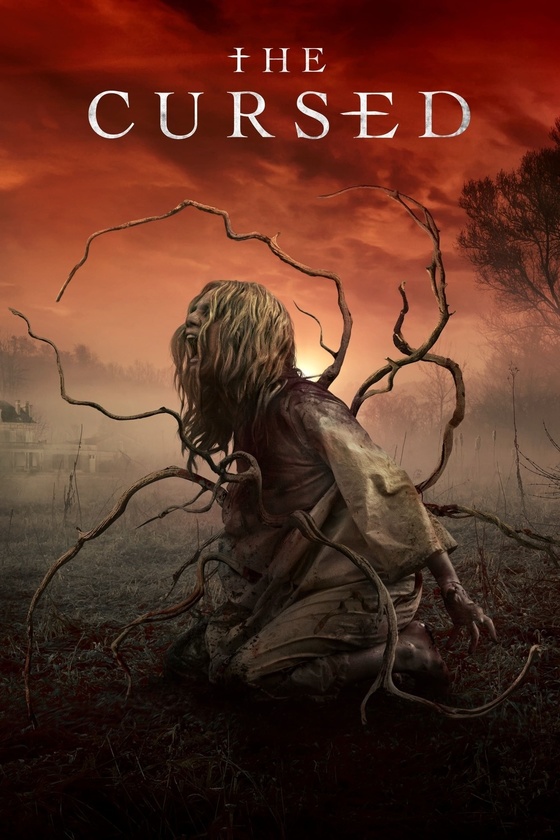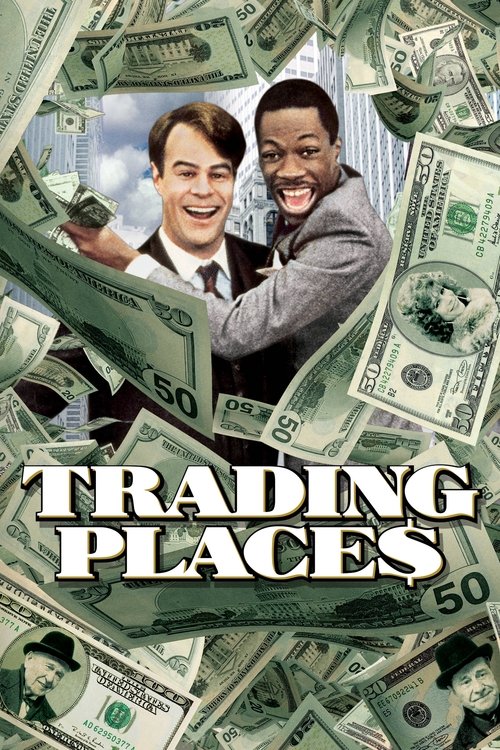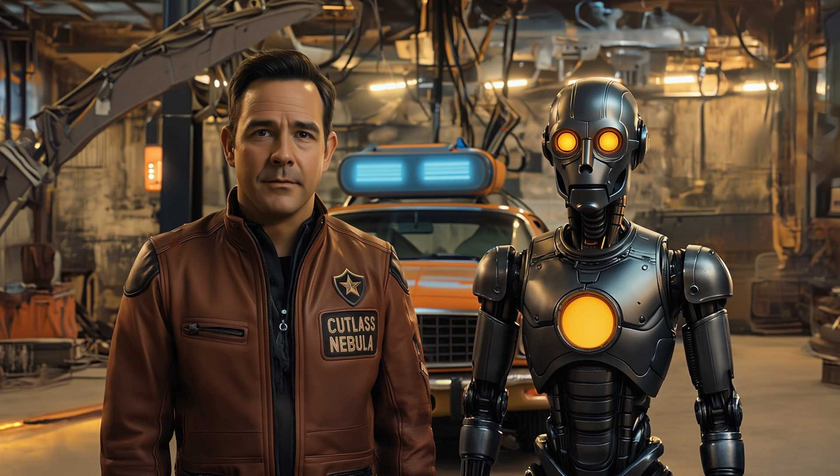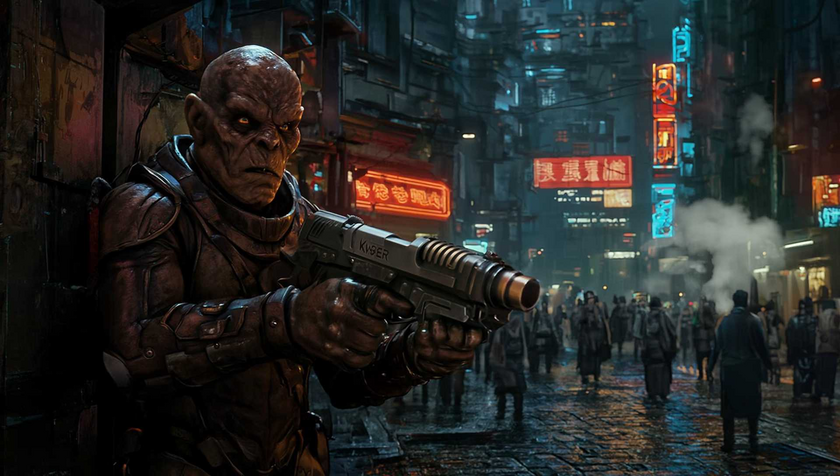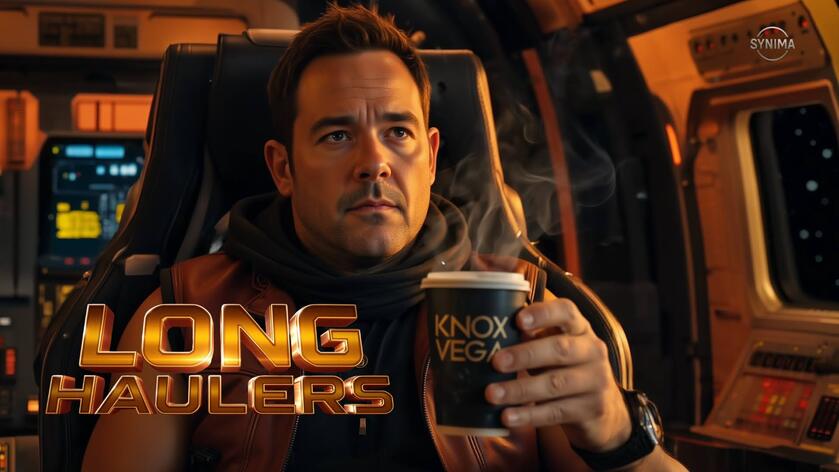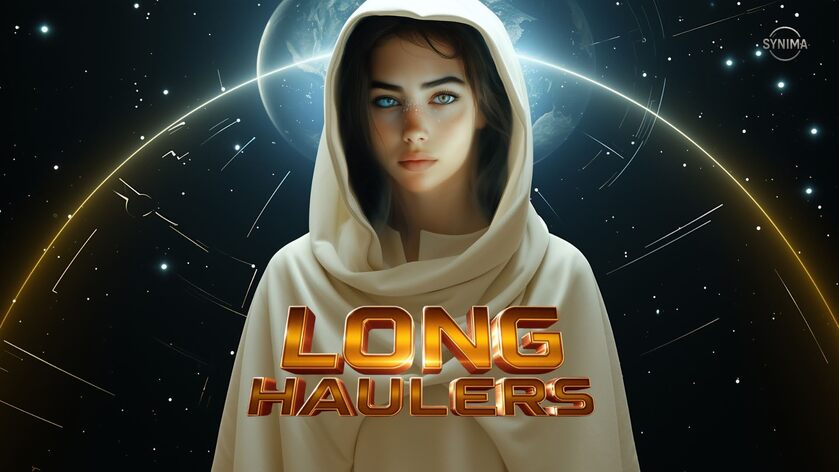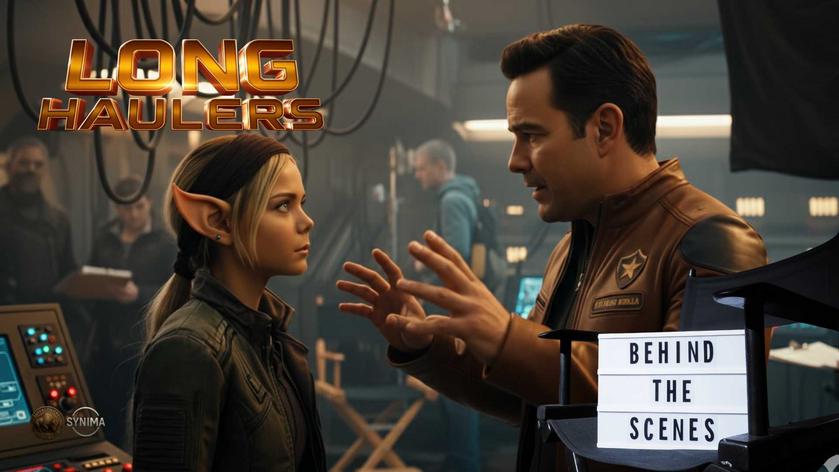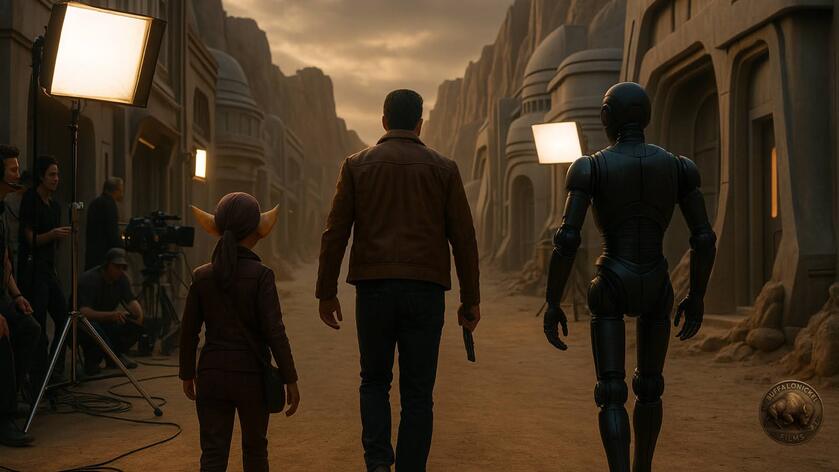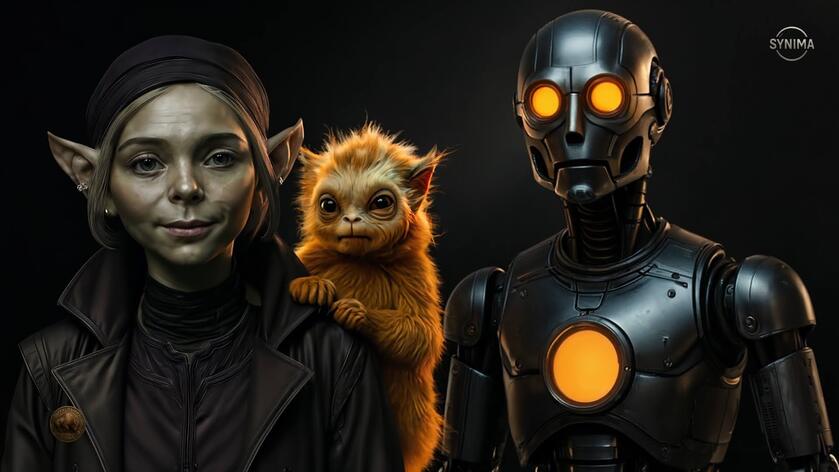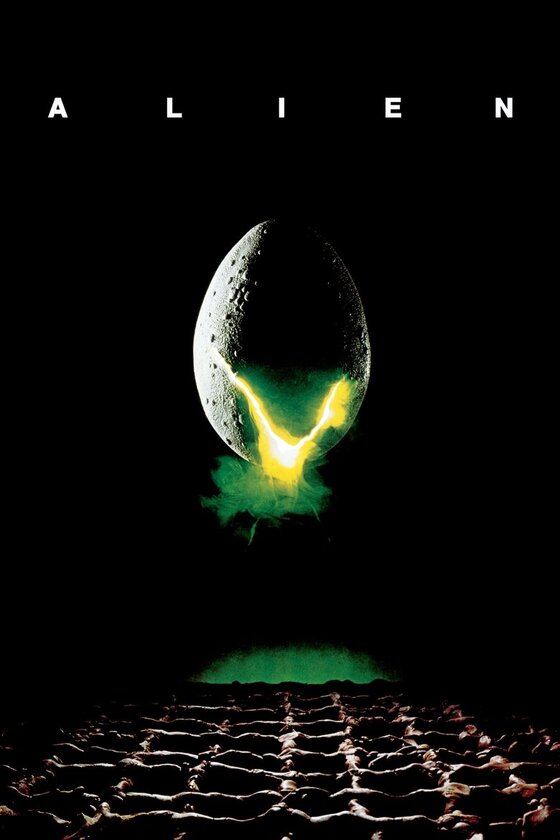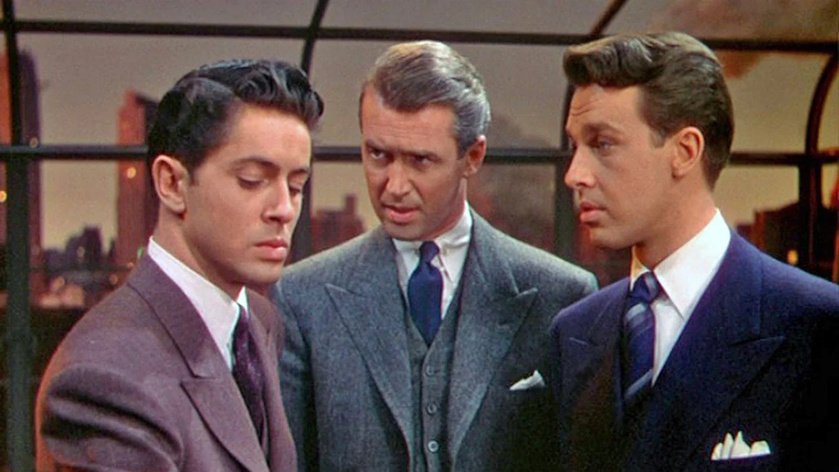Horror movies don’t do much for me. Consequently, I don’t watch them very often. An over the top action movie appeals to my imagination, and an historical epic will inspire me. But a scary movie might make me jump in the moment (it might not, since I anticipate the scares) and then it’s gone. If I think about it after it’s over, it’s only at 3am on my way to the bathroom.
You know, exactly when you don’t want to think about monsters.
It’s not that I take issue with the horror genre itself, as I’ll happily (happily?) read H.P. Lovecraft long into the night, or listen to scary podcasts, or even dabble in writing spooking stories of my own. I suppose it’s more the medium. As I’ve said many times, the perfect movie for me is one with beautiful people, in exotic places, doing exciting things. The excitement in a horror movie isn’t the sort of thrill I’m looking for.
Still, sometimes I’ll watch one anyway.
There was a stretch in my mid-20’s where I did a deep dive into the British horror films of the late 60’s and early 70’s, when the blood looked like pasta sauce and the fog was almost as thick. Sure the budgets were low and the acting was better suited for the stage, but everything was done with sincerity. Most of the films had some sort of folkloric element that appealed to me, and religion was usually the answer to confronting evil.
An exception is Witchfinder General (1968), an ugly, controversial, repulsive film.
When I recently put on The Cursed (originally titled Eight for Silver) I wasn’t thinking of those old movies. Maybe I should have, but I didn’t really know what to expect. The film opens during the first World War, when a group of British troops are chewed up by enemy machine guns. One of the men is taken to the hospital, and on the way we see the sort of butchery to which doctors on the field had to resort. The injured man has three bullets in his abdomen, but to the doctor’s surprise he removes four.
The last one is silver.
DUN, DUN, DUNNNNNN!
We jump back in time, to the late 1800’s and a manor house surrounded by the sort of fog that would make Hammer Film directors green with envy. The cast of characters is large, and unfortunately we don’t get to spend any significant amount of time with a single person. There’s the stern father Seamus (Alistair Petrie) and his lovelorn wife Isabelle (Kelly Reilly), their two children, Charlotte (Amelia Crouch) and Edward (Max Mackintosh) and a bunch of village elders, who are up to no good.
Are they ever?
Seamus and the elders decide they want the land that the local Gypsies insist is their own and refuse to sell. So the elders do only only logical thing and hire mercenaries to come in to burn, torture, rape, kill, and bury alive the unwanted neighbors. But did I mention these are Gypsies? Nothing good will come of that. And nothing good does. The Gypsy wise woman knew this was coming and made (well, there’s no other way to put this) cursed silver dentures of doom (props to John Serba for coining the phrase, no pun intended).
Jump ahead a few years.
All the local kids are having nightmares about the scarecrow left on the site of the massacre. The boldest of the bunch, Timmy (Tommy Roger), gathers them together to do something about it. Unfortunately, doing something means digging up the teeth, putting them in his mouth, and biting little Edward’s neck. Okay, so the last two steps weren’t Timmy’s plan, but once he saw the teeth he was possessed and couldn’t help himself.
And then the monster attacks start. But in a twist, Timmy’s not the monster.
Pathologist with a past John McBride (Boyd Holbrook) arrives to investigate. Obviously, he’s the Van Helsing of the story, with more experience with this sort of thing than he initially lets on. We want him to be the main character and hero, but he arrives too late and doesn’t really get much of an arc. If writer/director/cinematographer Sean Ellis had narrowed his focus to a single character I think we might have gotten a more satisfying movie.
But we need to take a step back.
Note that McBride is a pathologist. While there are the requisite religious overtones, with holy ground thought to be a safe haven from the monster (spoiler: it’s not), and the silver for the teeth having come from the Original 30 Pieces, our monster hunter is a man of science. He’s no Solomon Kane, crazed Puritan on a mission from God, but more in the mold of Stoker’s Abraham Van Helsing, scientist. That itself isn’t problematic. But coupled with the ineffectiveness of spiritual protection in this world, I find it mildly disappointing.
Moving on.
Overall, I like the heavy, ominous atmosphere. The revisions to the werewolf mythology are grounded enough that I never felt cheated, simply intrigued. And like the horror movies of the late 60’s, Ellis makes the most of his limited budget. There’s lots of gore, with CGI replacing pasta sauce so that it’s only marginally more realistic. We get the idea, though, and that’s enough.
One thing really bugged me.
There’s a scene late in the film when the monster attacks a maid while she’s hanging sheets. The edges of the screen waver with a weird distortion, and at first I thought it was the monster’s point of view, which made sense and I appreciated. But then we cut to looking at the creature, and the distortion remained. Maybe it was intended to replicate the sort of the buzz we feel in a moment of terror, but really it’s just to cover up the cheap visual effect.
It was a choice, and one I don’t like.
Small criticisms aside, I actually enjoyed The Cursed for its texture and theatricality. I didn’t expect a modern made Hammer Film, but that’s basically what it is: we’ve got old manor houses, Gypsy curses, sumptuous sets and costumes, and iffy effects.
And fog. So much fog.
